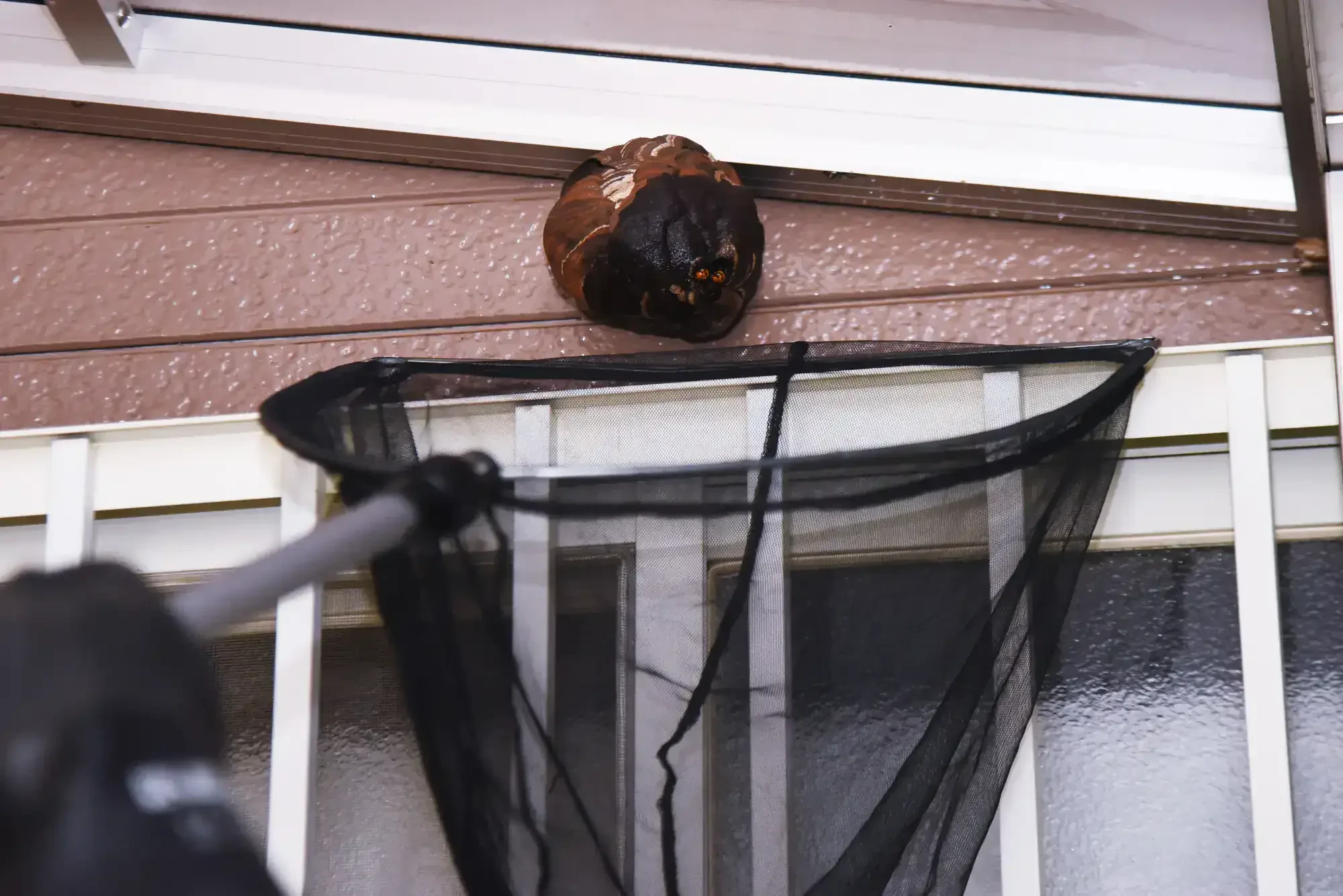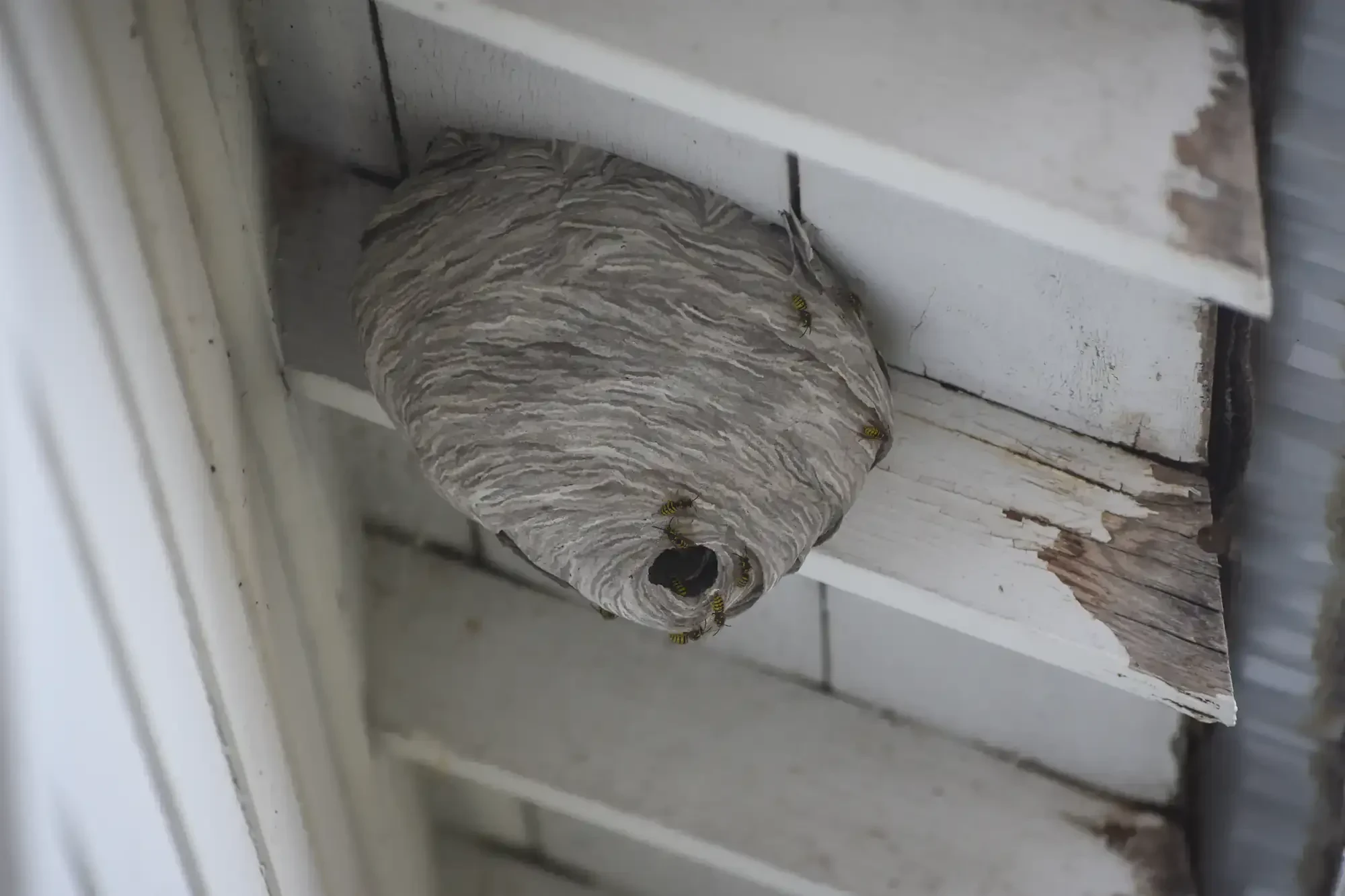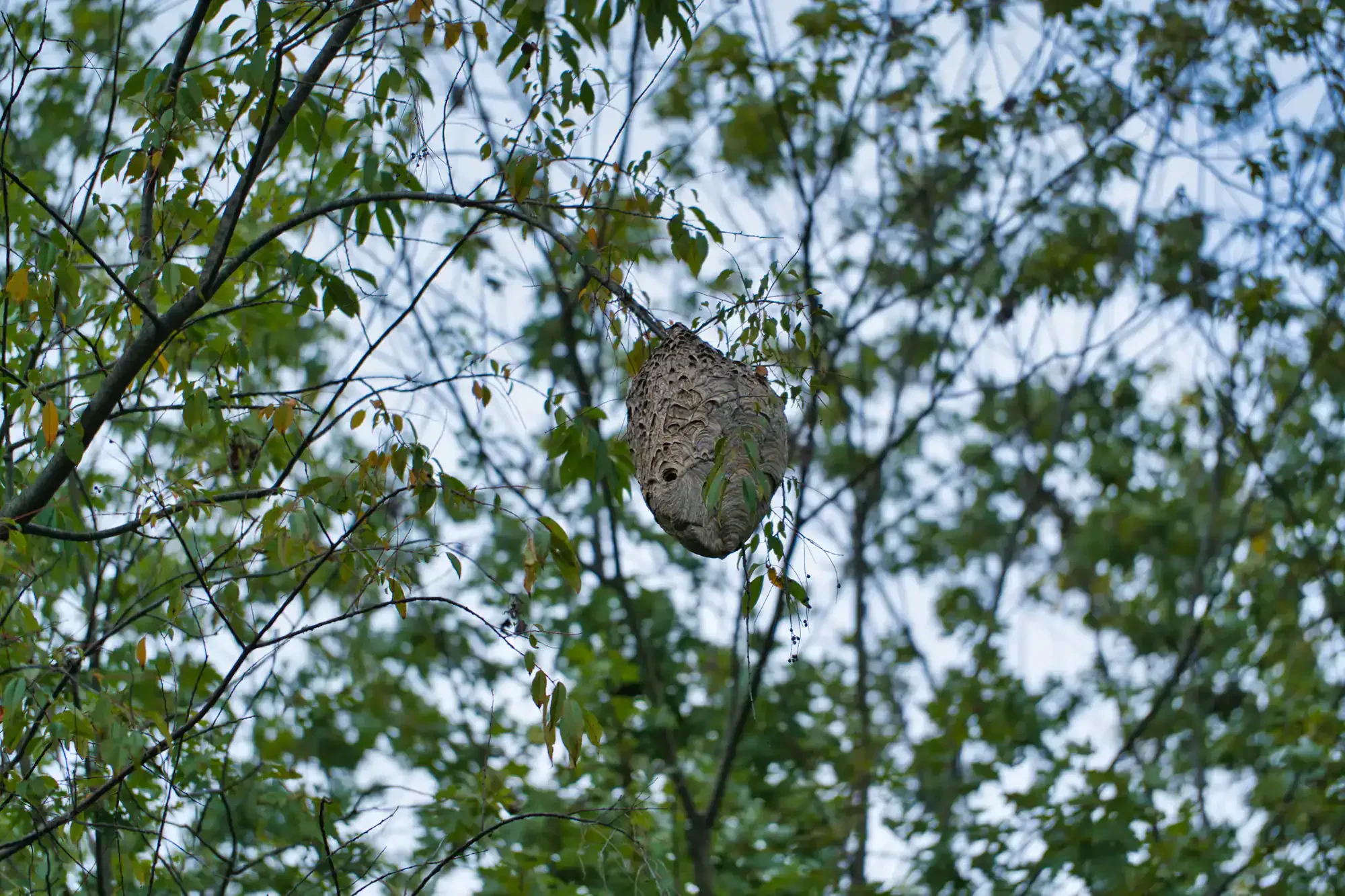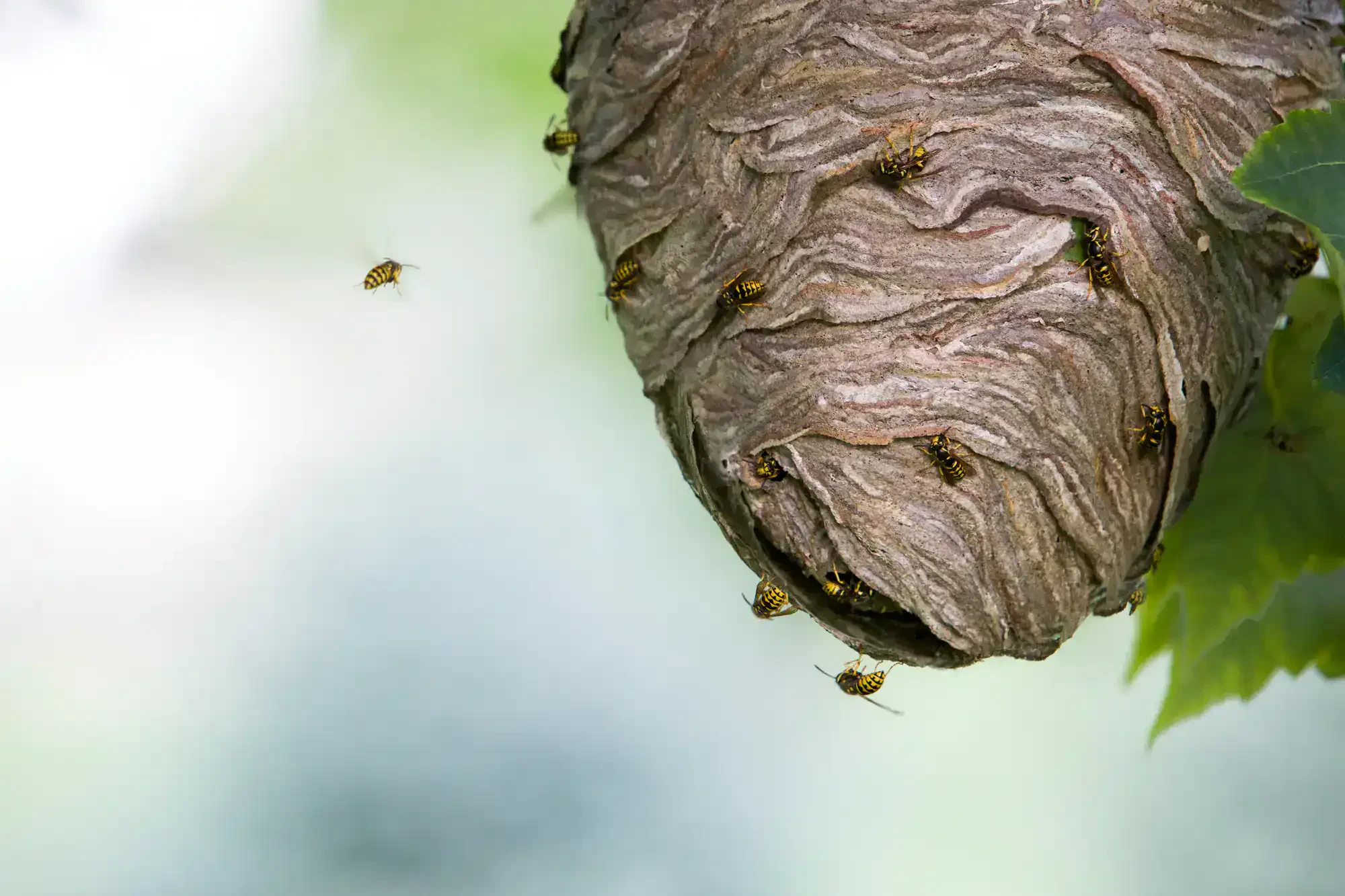Professional elimination of aggressive yellow jacket colonies threatening your family’s safety and outdoor enjoyment in Clyde, MI.

Hear from Our Customers

You shouldn’t have to sprint to your car every time you step outside. When yellow jackets take over your property, simple activities like grilling, gardening, or letting kids play become dangerous gambles with insects that can sting multiple times.
Professional yellow jacket removal means you get your space back. No more canceled barbecues or keeping windows shut during the best weather of the year. No more worrying about someone getting stung repeatedly by these aggressive wasps that release alarm pheromones to call in reinforcements.
The difference is immediate and lasting. Within hours of treatment, you’ll notice the buzzing activity around nests drops dramatically. Within days, you’re back to enjoying your outdoor spaces without constantly looking over your shoulder for these territorial insects.
We’ve been serving Clyde, MI and surrounding communities since 2005. Roger brings 26 years of hands-on experience dealing with the specific pest challenges that come with Michigan’s climate and seasonal patterns, including peak yellow jacket activity in late summer.
This isn’t a side business or part-time operation run by college students. We specialize in yellow jacket control and stinging insect removal, understanding exactly how these aggressive wasps behave throughout Michigan’s seasons and why August and September bring colonies of up to 5,000 individuals at their most dangerous.
Our family-owned approach means you work with the same certified technician visit after visit. No rotating crews or rushed service calls – just consistent, professional yellow jacket extermination from someone who knows your Clyde, MI property and takes personal responsibility for keeping your family safe from these aggressive stinging insects.

Our yellow jacket removal process starts with a thorough property inspection to locate all nest sites around your Clyde, MI home. Yellow jackets often build multiple colonies, including hidden underground nests in old rodent burrows that homeowners miss. We identify entry points, flight patterns, and colony size to determine the most effective yellow jacket control approach.
Treatment happens during optimal timing – typically early morning or evening when yellow jacket activity is lowest and most colony members are present in the nest. We use professional-grade equipment and protective gear to ensure safe application of targeted treatments that eliminate the entire colony structure, including queens and developing larvae.
Follow-up monitoring confirms complete yellow jacket elimination. Some insects may continue emerging from treated nests for several days as treatments take full effect throughout the colony, but within a week, all yellow jacket activity stops permanently. We return if any new yellow jacket infestation appears, ensuring your Clyde, MI property stays protected throughout the peak season.

Ready to get started?
Our yellow jacket services include location and treatment of all nests on your Clyde, MI property, whether they’re underground colonies, nests in wall voids, or aerial structures in trees and buildings. Our yellow jacket control targets the entire colony structure, including queens and developing larvae that could restart yellow jacket infestation if left untreated.
Clyde’s proximity to wooded areas and Michigan’s seasonal temperature changes create ideal conditions for yellow jacket populations. Late summer brings peak aggression as colonies reach maximum size – sometimes over 5,000 individuals per nest. This timing coincides with when Clyde, MI residents want to enjoy outdoor spaces most, making professional yellow jacket removal essential for family safety.
Each yellow jacket extermination service comes with detailed guidance on preventing future infestations and what to expect during the elimination process. We explain why certain areas around Clyde, MI properties attract yellow jackets and provide recommendations for reducing future nesting sites to prevent recurring yellow jacket problems.
